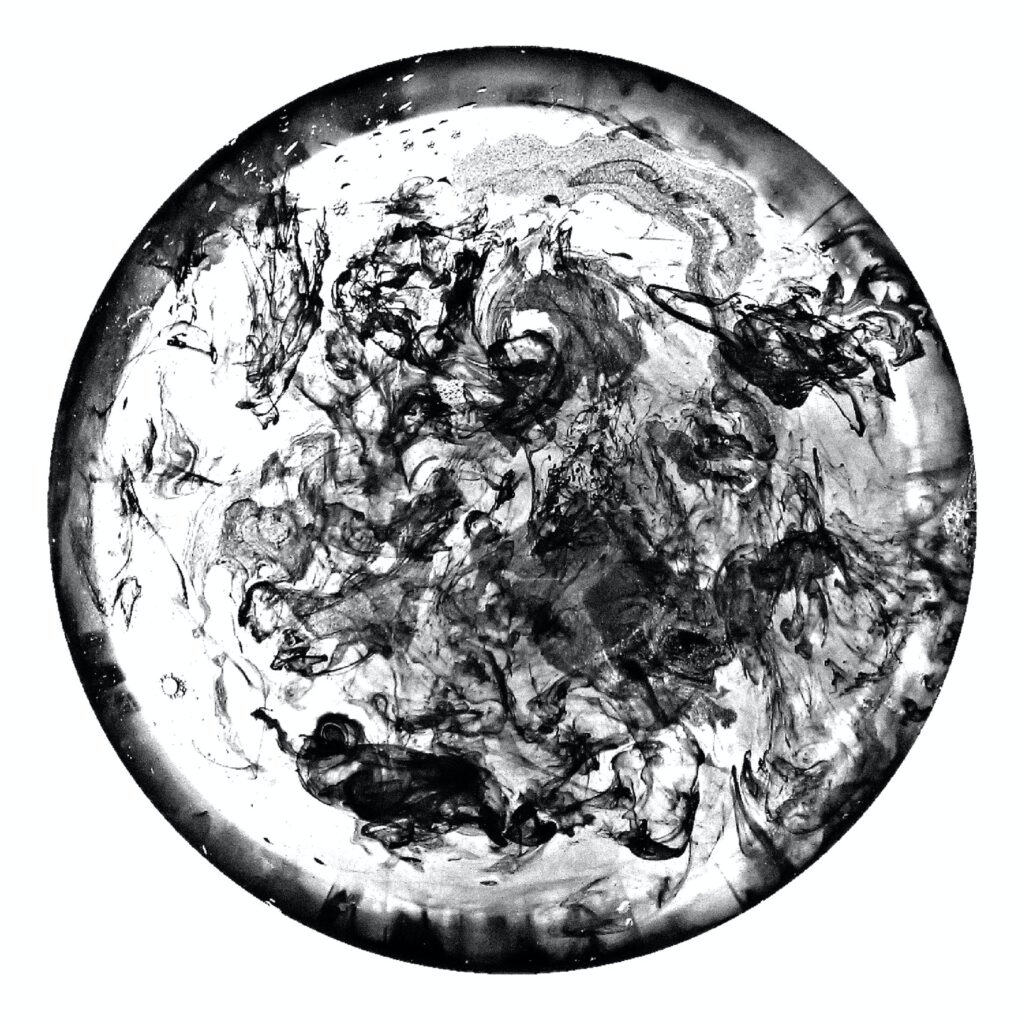Table of Contents
The unit circle is a fundamental concept in mathematics, representing a circle with a radius of one unit. Placed at the center of a coordinate system, it serves as a reference point for understanding angles and trigonometric functions. As an angle sweeps counterclockwise around the circle, the coordinates of the corresponding point on the circle’s circumference define the values of key trigonometric functions, such as cosine and sine. Essentially, the unit circle provides a visual and geometric way to link angles with coordinates, making it a crucial tool for simplifying trigonometry and illustrating the relationships between angles and functions clearly and intuitively.

Unlocking the Wonders of the Unit Circle
In mathematics, the unit circle is a symbol of profound significance, weaving its intricate web of relationships that form the backbone of various mathematical concepts. Embark on a journey with us as we unravel the mystique of the this circle, delving into its secrets and unveiling the mathematical marvels it conceals.
Understanding the Basics: What is the Unit Circle?
The unit circle is a fundamental concept in trigonometry, representing a circle with a radius of one unit. Its center sits at the origin of a coordinate plane, making it a pivotal tool for understanding the relationships between angles, coordinates, and trigonometric functions.
Navigating Trigonometric Functions
Cosine and Sine: Partners in Crime
Cosine and sine functions, often considered the dynamic duo of trigonometry, find their home in the unit circle. As an angle sweeps around the circle, the coordinates of the corresponding point on the circle define the values of these functions. This dynamic interaction creates a visual representation that simplifies the understanding of trigonometric principles.
Advanced Insights
Angular Velocity and Parametric Equations
Beyond its role in basic trigonometry, the unit circle finds applications in advanced mathematical concepts. Explore the connection between angular velocity and parametric equations, where the a circle with a radius of 1 serves as a crucial reference for modeling periodic motion.
Complex Numbers: A Dance on the Unit Circle
Venture into the captivating world of complex numbers, where the unit circle becomes a stage for their intricate dance. Euler’s formula elegantly ties together complex exponentials, revealing the profound relationship between trigonometry and complex analysis.
Practical Tools: Using the Unit Circle in Problem Solving
Trigonometric Identities: A Puzzle Solved
Unlock the secrets of trigonometric identities by leveraging the power of the circle with a radius of 1. As angles traverse the circle, trigonometric functions intertwine in a harmonious dance, providing a visual and intuitive approach to solving complex identity puzzles.
Vector Representations
In the realm of vectors, the unit circle emerges as a key player. Understanding vector representations through the lens of the circle with a radius of 1 enhances problem-solving skills, offering a geometric perspective that simplifies intricate vector operations.
Mastering Tips and Tricks
Visualizing Angles: A Geometric Perspective
For those grappling with the complexities of angles and radians, the unit circle provides a visual aid like no other. Learn how to effortlessly convert between degrees and radians by visualizing angles as they traverse the circle, empowering you with an intuitive grasp of angular measurement.
Memorization Made Easy: Quadrantal Angles and Special Triangles
Navigating the circle becomes second nature with memorization techniques tailored to quadrantal angles and special triangles. Uncover the shortcuts and mnemonics that streamline your understanding, transforming the circle from a challenge to a triumph.

Conclusion: Embracing the Mathematical Marvel
In conclusion, the unit_circle stands as a beacon of mathematical marvel, guiding us through the intricacies of trigonometry and beyond. By mastering its secrets, we gain a deeper understanding of fundamental mathematical principles, unlocking doors to advanced concepts and problem-solving techniques.
Photo by Elīna Arāja, Lisa Fotios